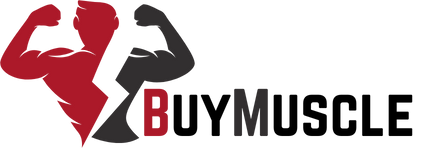5 Signs of Overuse of Performance-Enhancing Substances
Rapid, uneven muscle growth, sudden acne breakouts, and hair loss are all signs that someone is using too many performance-enhancing drugs. You might have mood swings, feel more aggressive, and have trouble sleeping. Keep an eye out for strange recovery patterns, like chronic fatigue even after getting enough sleep, and health problems like a fast […]
5 Signs of Overuse of Performance-Enhancing Substances Read More »








